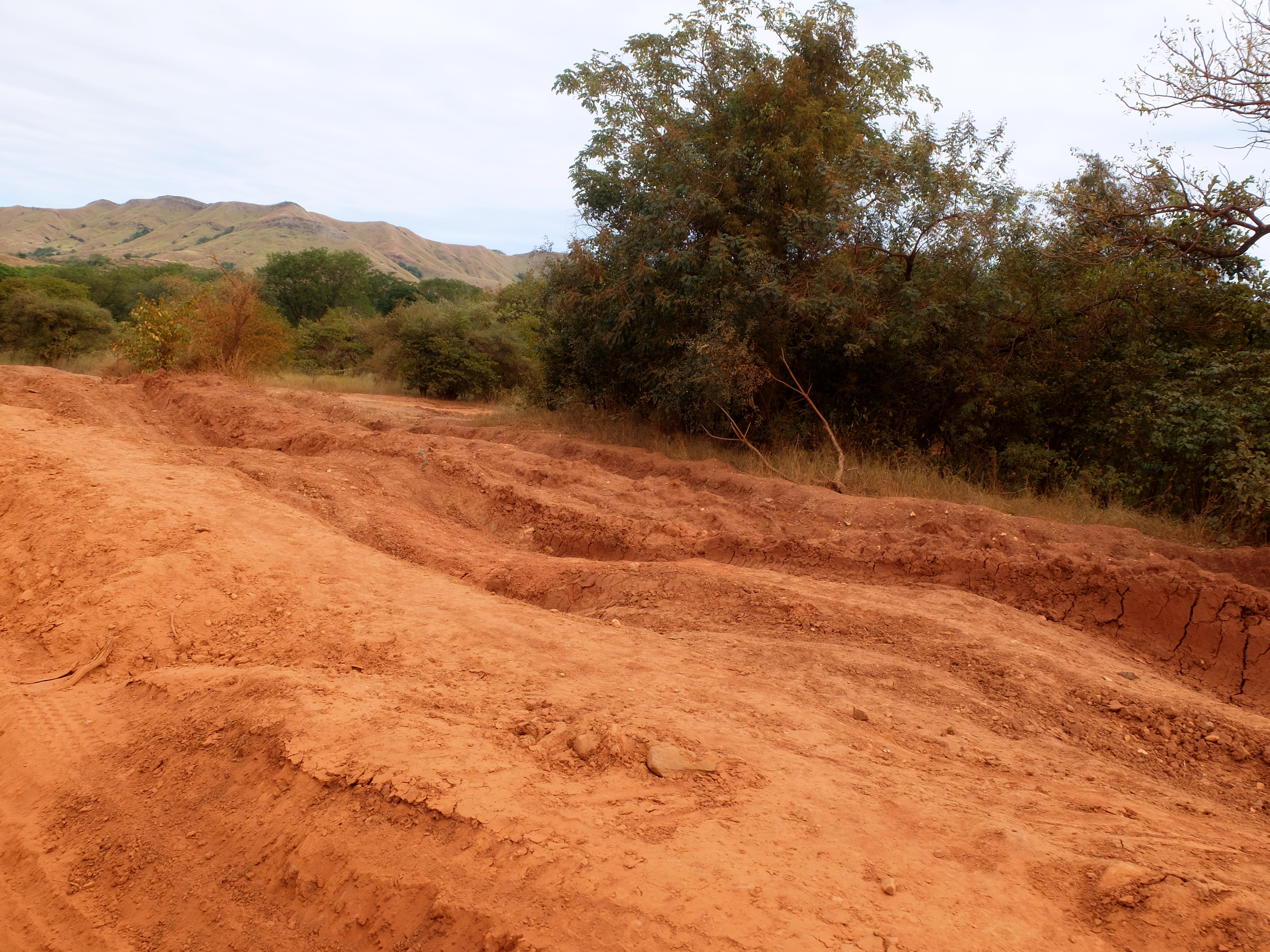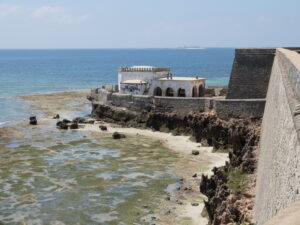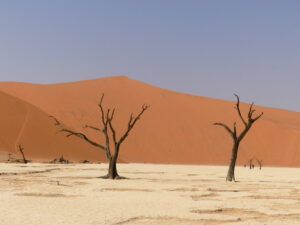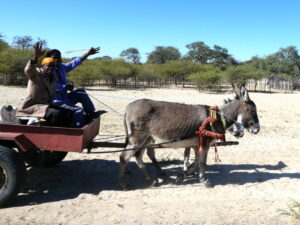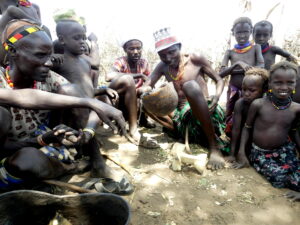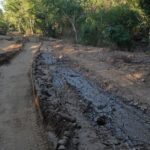
We’ve been on some very rough roads by car, but the one we took in the north of Madagascar was as bad as they get.
India’s Himalayan routes are frequently blocked with avalanches, or at minimum regularly inundated with rocks. Workers live in threadbare tents by the side of the road just to repair it when necessary. The roads in cities are often slow-going due to traffic of all sorts, let alone during a festival period like the one that turned a few hour drive into a 12 hour ordeal. But Costa Rica’s roads, till now, were our gold standard for bad. The hard pack roads are full of holes and, passing thru the volcanic mountains, typically jammed with truck traffic on the way to the coasts. The other roads are rutted, rocky and eventually undriveable even with four-wheel drive vehicles. Ours was stuck in a rising stream that flowed over the road on the way to an eco-lodge.
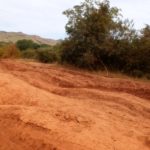
And we can now say we have topped that. The purpose was to visit Daraina Reserve, a spectacularly beautiful plain and dry forest. There several rare lemurs (notably the Golden-crowned sifaka; see video below) barely survive due to the destruction of habitat by gold-diggers and ranchers in the area.
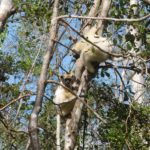
“It’s a bad road,” our driver said simply about the route, with a warning kind of a look. We cited Costa Rica in return. But we truly could not picture how bad the road would be.
And none of our photos could truly capture the wildness either.

For 14 hours over two days, at an average speed of just 10 kilometers per hour (6 miles per hour), our driver followed a rutted out clay and dirt track – ironically named RN 5a, a route nationale – one you could hardly imagine. We labored up hill and down, through wide plains and into small villages, channeled through deeply gouged tire marks or delicately maneuvering along the narrow ridges they left behind, charging up sandy hills or descending into deep pits.
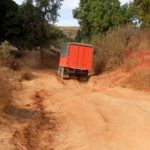
All the time, we dodged mammoth Mercedes Benz trucks – both broken down or still groaning along – who were carrying indeterminate goods back and forth from the western coast, and which were largely responsible for the mess that is this route. The custom is to help out anyone with a problem; we supplied some clutch fluid to one vehicle along the way.
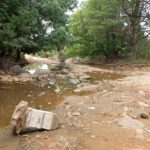
When we thought the way couldn’t get worse, it did. And this was the start of dry season. When it rains, nothing can move here; the road is impassable. At least, they say, this is the worst one in Madagascar. Later in our roads experience, we found a rival, the very popular 6 to 8 hour trip from Morondava to the demanding hikes and startling landscapes of the Tsingy of Bemaraha; but that was relatively mild by comparison. Otherwise, traffic was the main impediment on the asphalted roads.
Wryly, near a village at the end, when the road was no worse than a moderately corrugated dirt track, several enterprising young men held shovels aloft, gesturing to a slight indent and asking for money because they supposedly fixed it. We had been through so much worse.
So why do this? The landscape, the lemurs…and, in the end, we did the road for the crazy experience itself.
Enjoy this video of the Golden Crowned Sifakas at lunch. They will not be with us much longer.
(Also, for more pictures from Madagascar, CLICK HERE to view the slideshow at the end of the itinerary page.)


